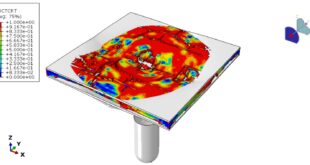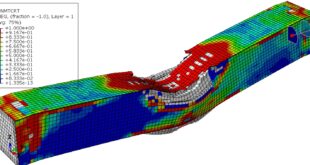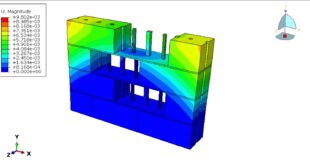In this tutorial, the simulation of Damage prediction of concrete gravity dams subjected to underwater explosion shock loading has been done. The concrete dam is modeled as a three-dimensional solid part. The TNT, water, and air are modeled as eulerian part. The rock foundation is modeled as a three-dimensional solid part. You can see a figure of the assembled parts below
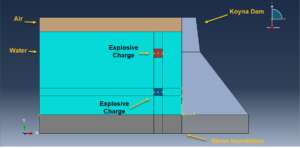
Blasting loads have come to be forefront of attention in recent years due to the great number of accidental explosions, intentional events or terrorist bombing attacks that affected the safety and stability of some important infrastructures such as government buildings, embassy buildings, bridges and high dams. The damage prediction of important infrastructures un-der blast loads is crucial in structural engineering, which has gained importance in recent years.Dams are important lifeline engineering which have contributed to the development of civilization for a long time. Due to their significant polit-ical and economic benefits, they are possible targets for terrorist attacks or intentional explosions. The possible failure of dams retaining large quantities of water can cause the most undesirable impact on the downstream populated area along with a considerable amount of devastation, clearly indicating that it is essential to protect dam structures against explosions. This enlightens the importance for researchers and structural engineers to gain a better understanding of dams’ response to explosive loads
The Concrete Damaged Platicity model is selected for the dam under blast load to represent the tension and compression damage. The Idea gas equation of state is used to model the air behaviour. The Us-Up EOS is used also to model the water material model. The JWL equation of state for both TNT part is selected to demonstrate the true behaviour of the explosive charge. The Johnson-Holmquist material model through code is considered for the rock foundation to observe the damage and failure of that
The dynamic explicit step and general contact capability is selected for this analysis. The proper boundary conditions and predefined field are assigned to the model. The mesh should be fine to obtain the correct results
After the simulation all resutls are avaiable. You can see some figures for the results below
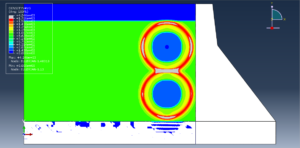
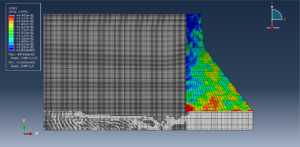
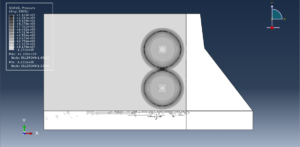
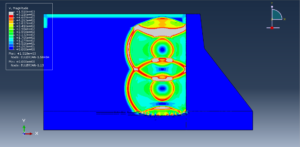
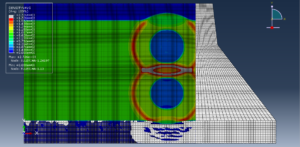
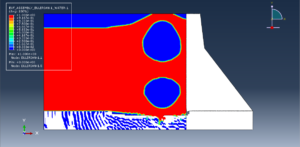
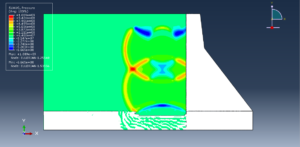
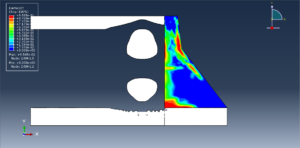
You can provide CAE ,INP,and English video files of this simulation here. The cost of these files is Twenty-Eight Euros. you can click on the bellow bottom to begin the process
You can purchase the tutorial through a PayPal account, a Visa, or a Master card, just before payment,send me an email to this address: karampourp@gmail.com
 Abaqus tutorials Abaqus tutorials
Abaqus tutorials Abaqus tutorials
